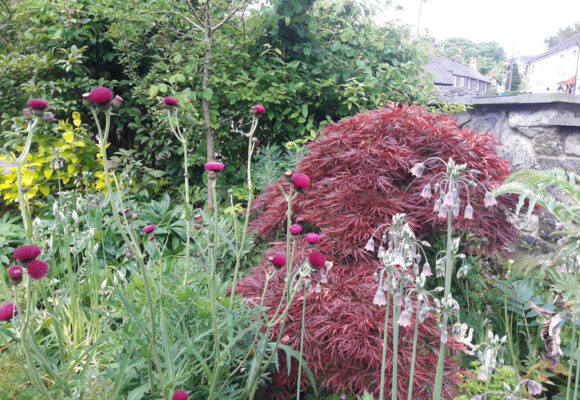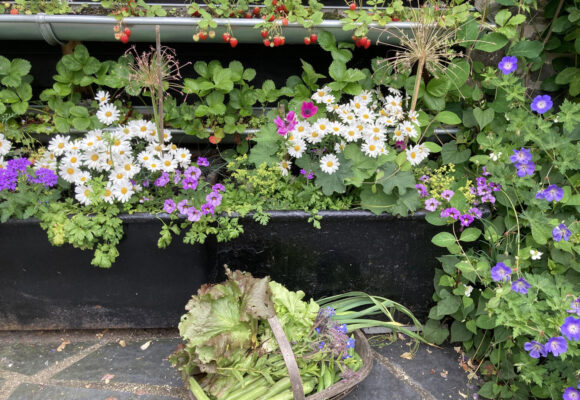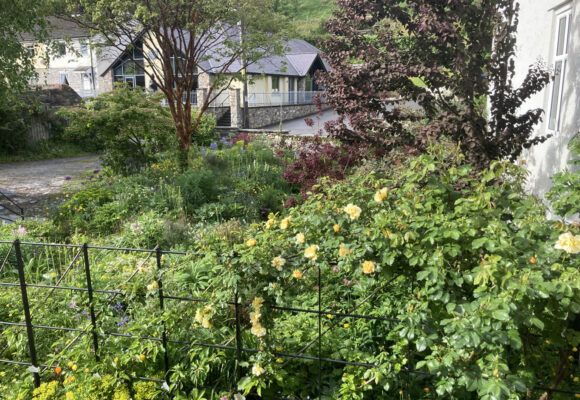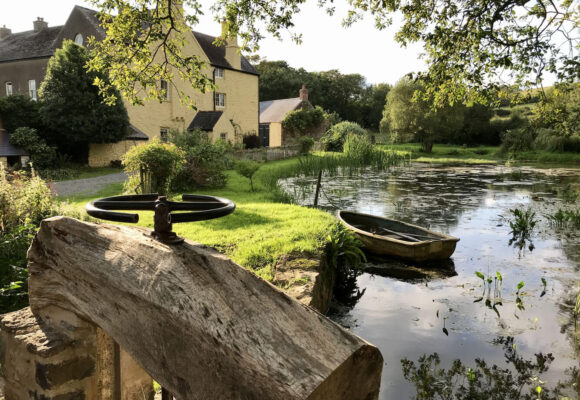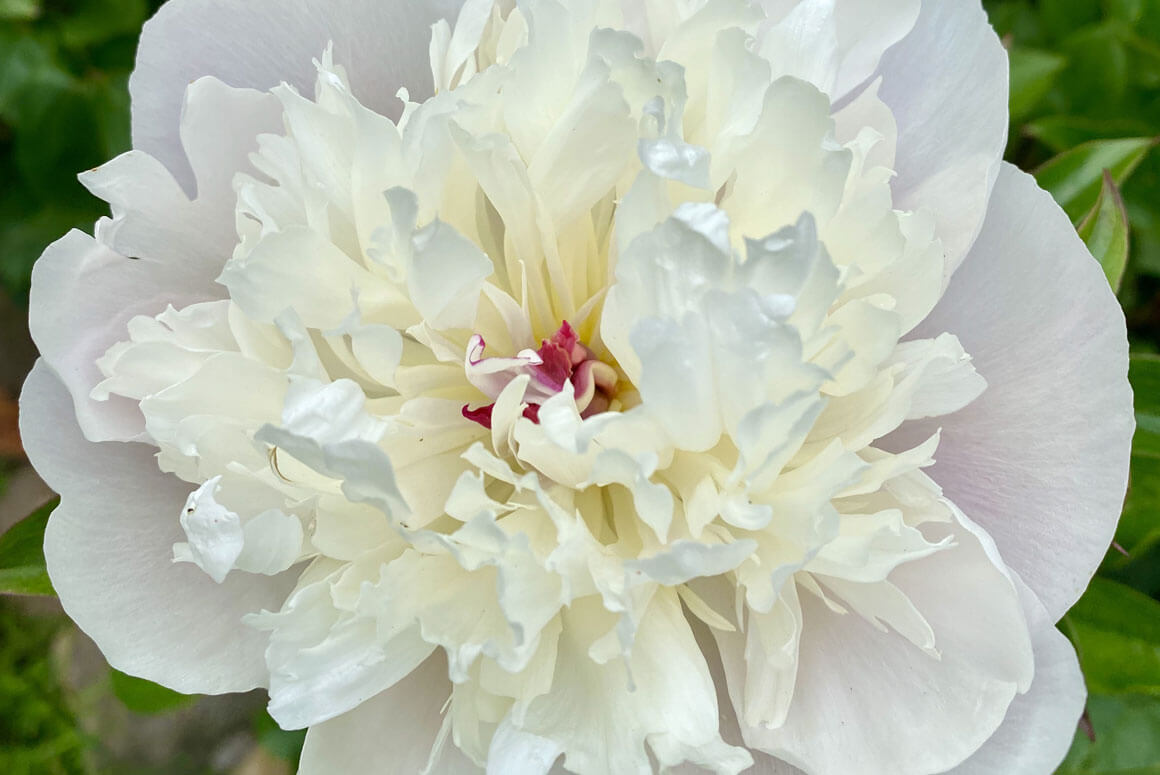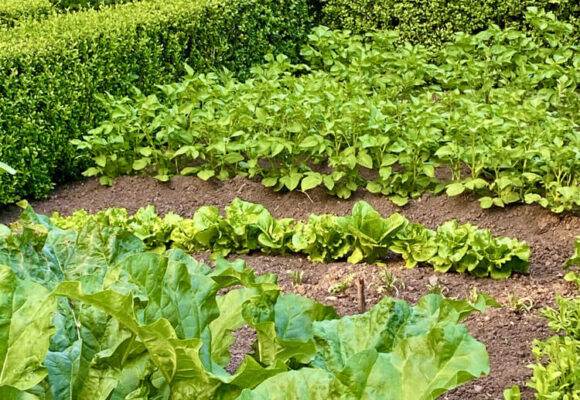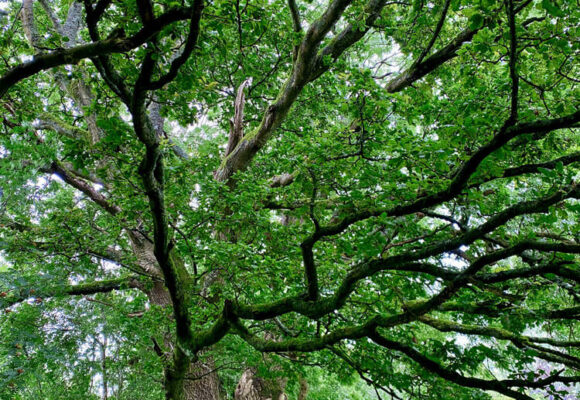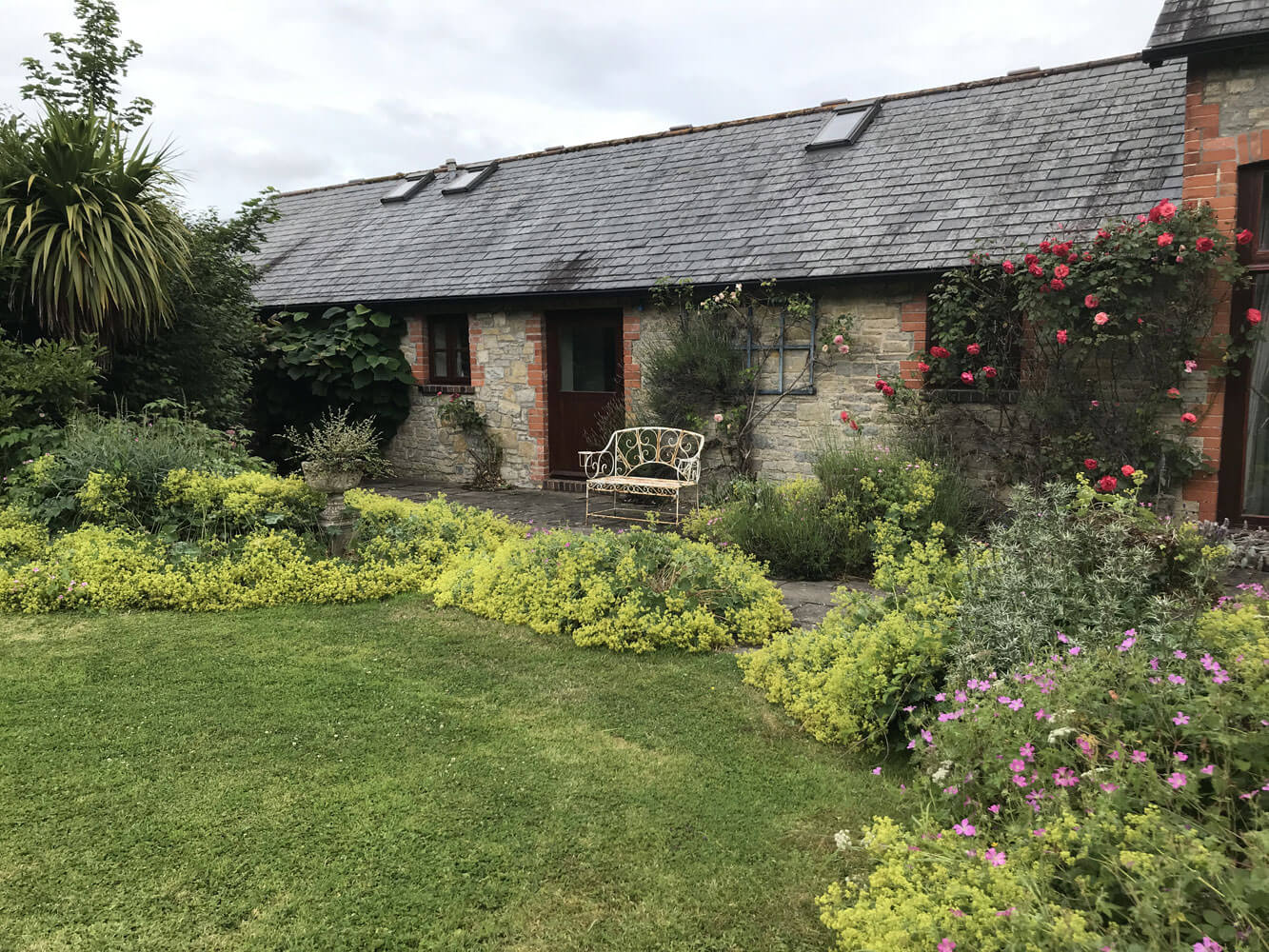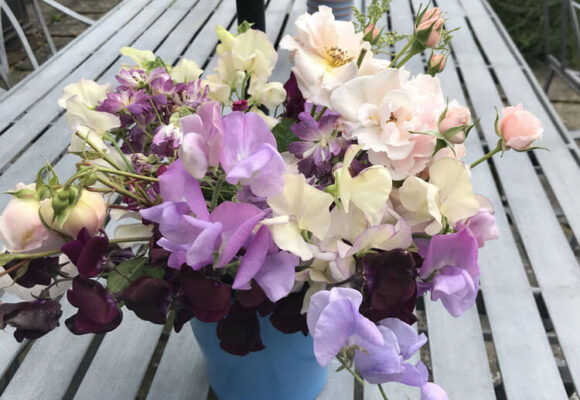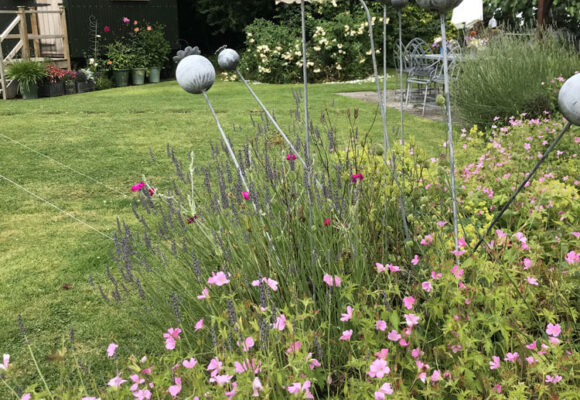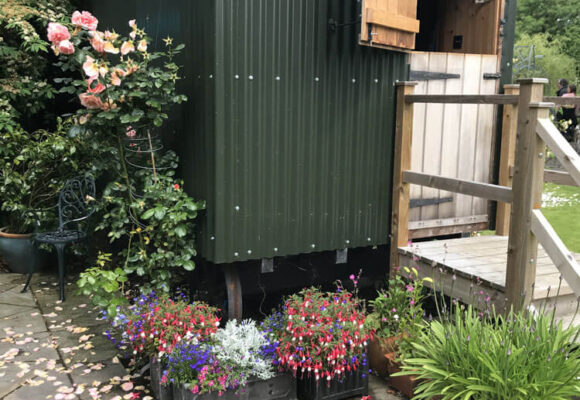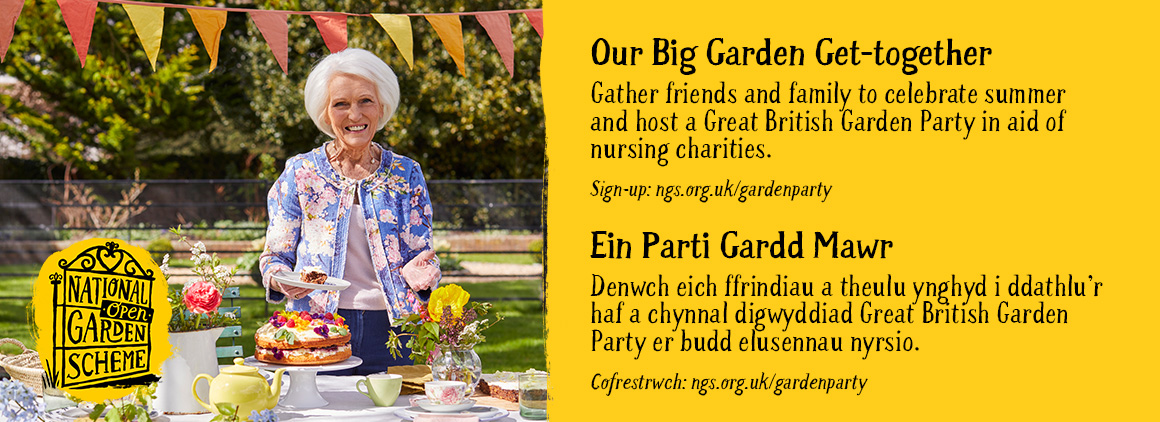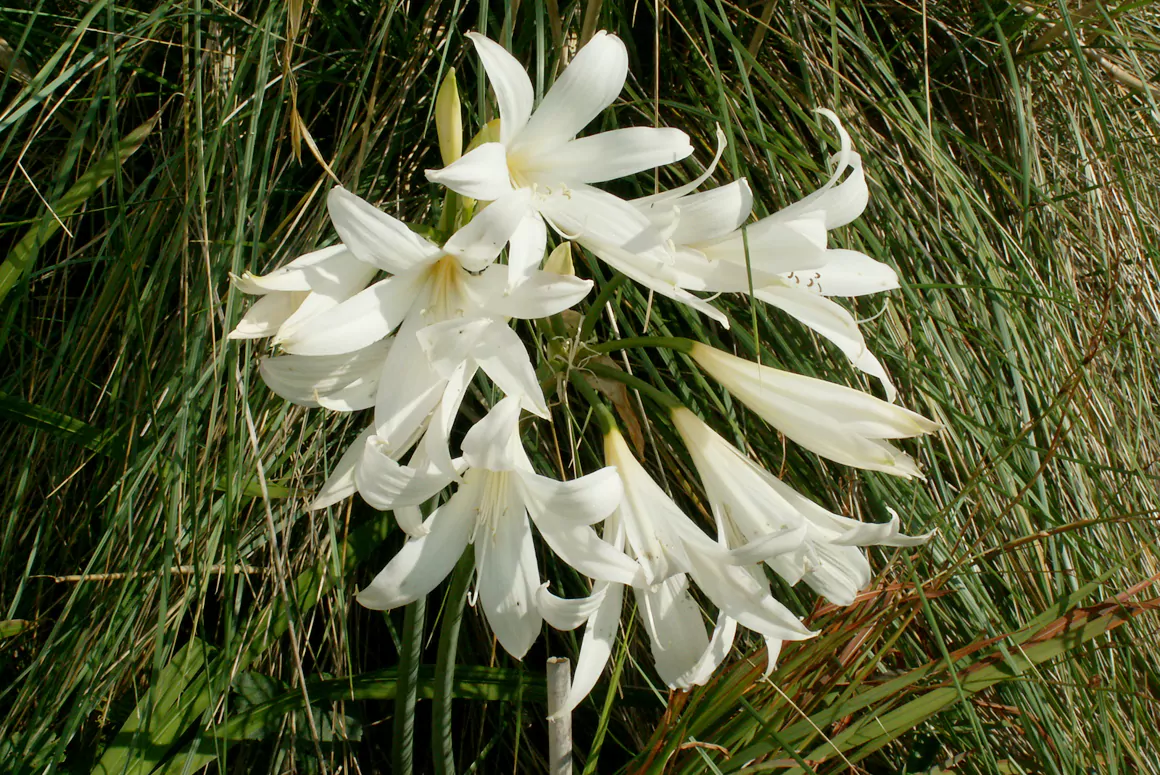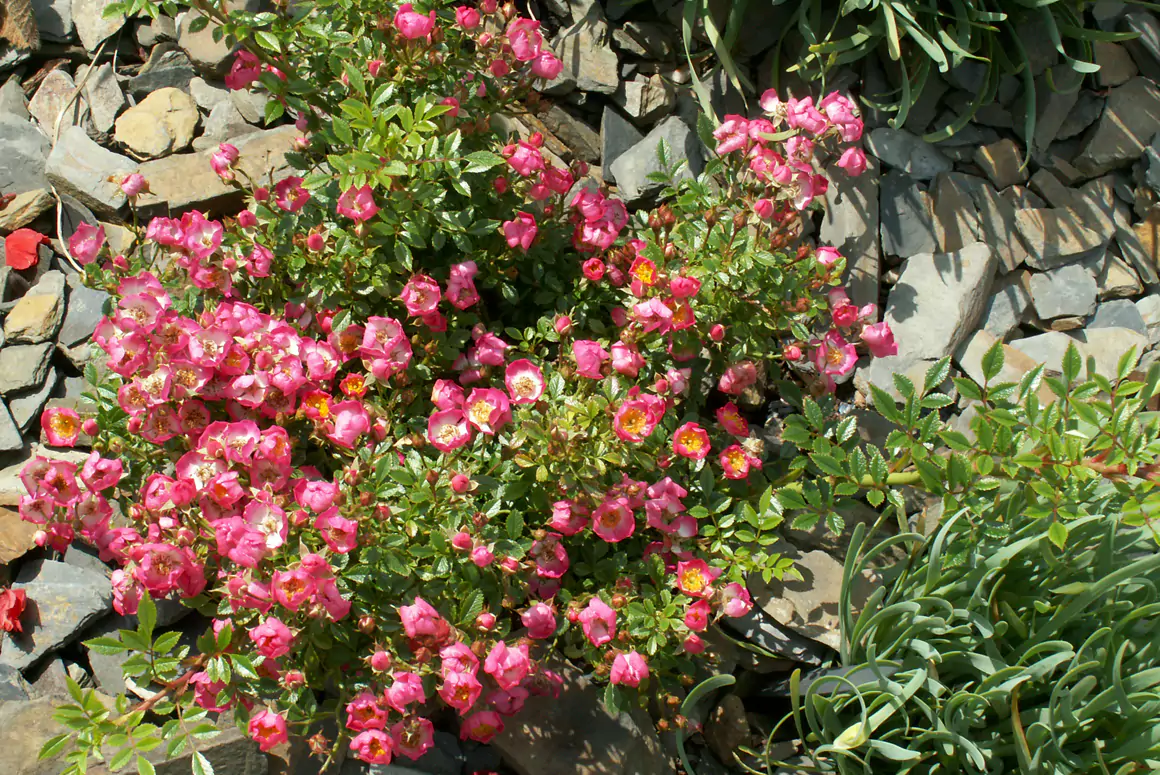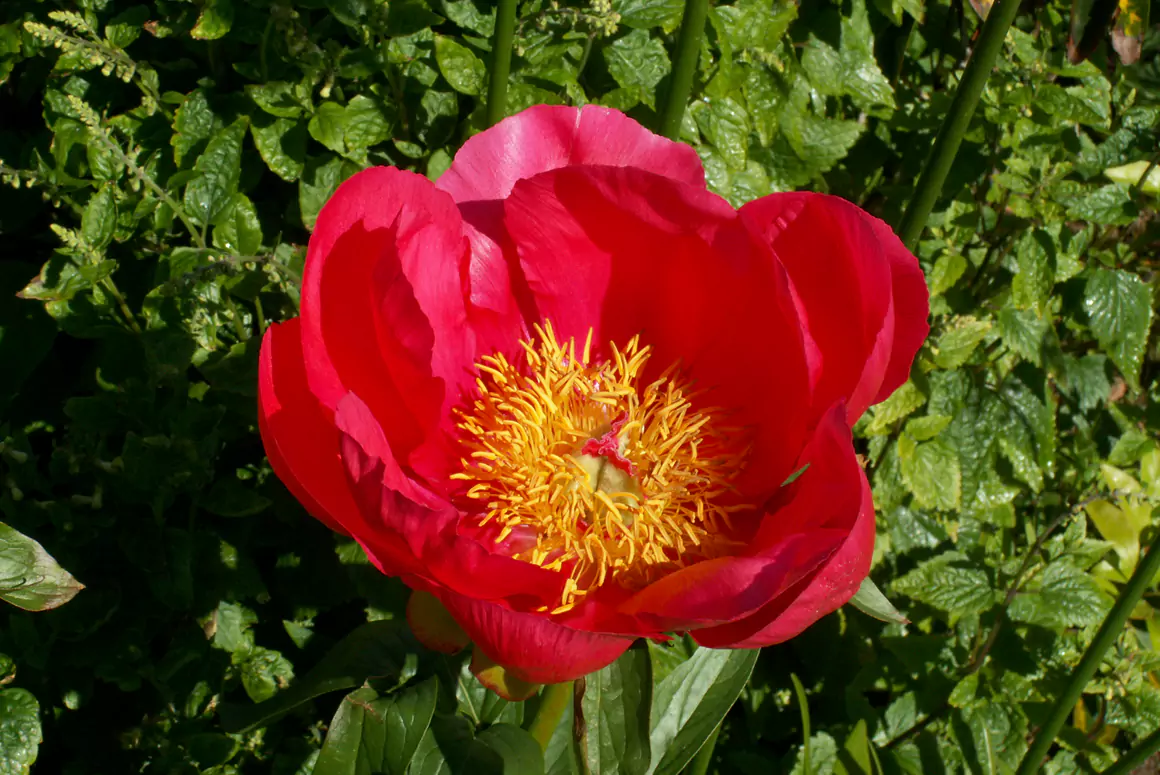![]()
This spring as it comes bursts up in bonfires green,
Wild puffing of emerald trees, and flame-filled bushes,
Thorn-blossom lifting in wreathes of smoke between
Where the wood fumes up and the watery, flickering rushes.I am amazed at this spring, this conflagration
Of green fires lit on the soil of the earth, this blaze
Of growing, and sparks that puff in wild gyration,
Faces of people streaming across my gaze.D H Lawrence (1885-1930)
A terrible February and March and an indifferent April has not allowed my garden many chances to show its best side. Calm periods seem to last but a day followed by rain or wind and often both, however with the lengthening days and hopefully warmer settled weather we look forward to the joys of my favourite season. Primroses are already adorning many roadside banks and hedgerows and the advent of bluebells is nigh. My plot is alive with anemones, fritillaries, trilliums, erythroniums and the bright red growth of paeonies displaying the globes of flowers yet to come.
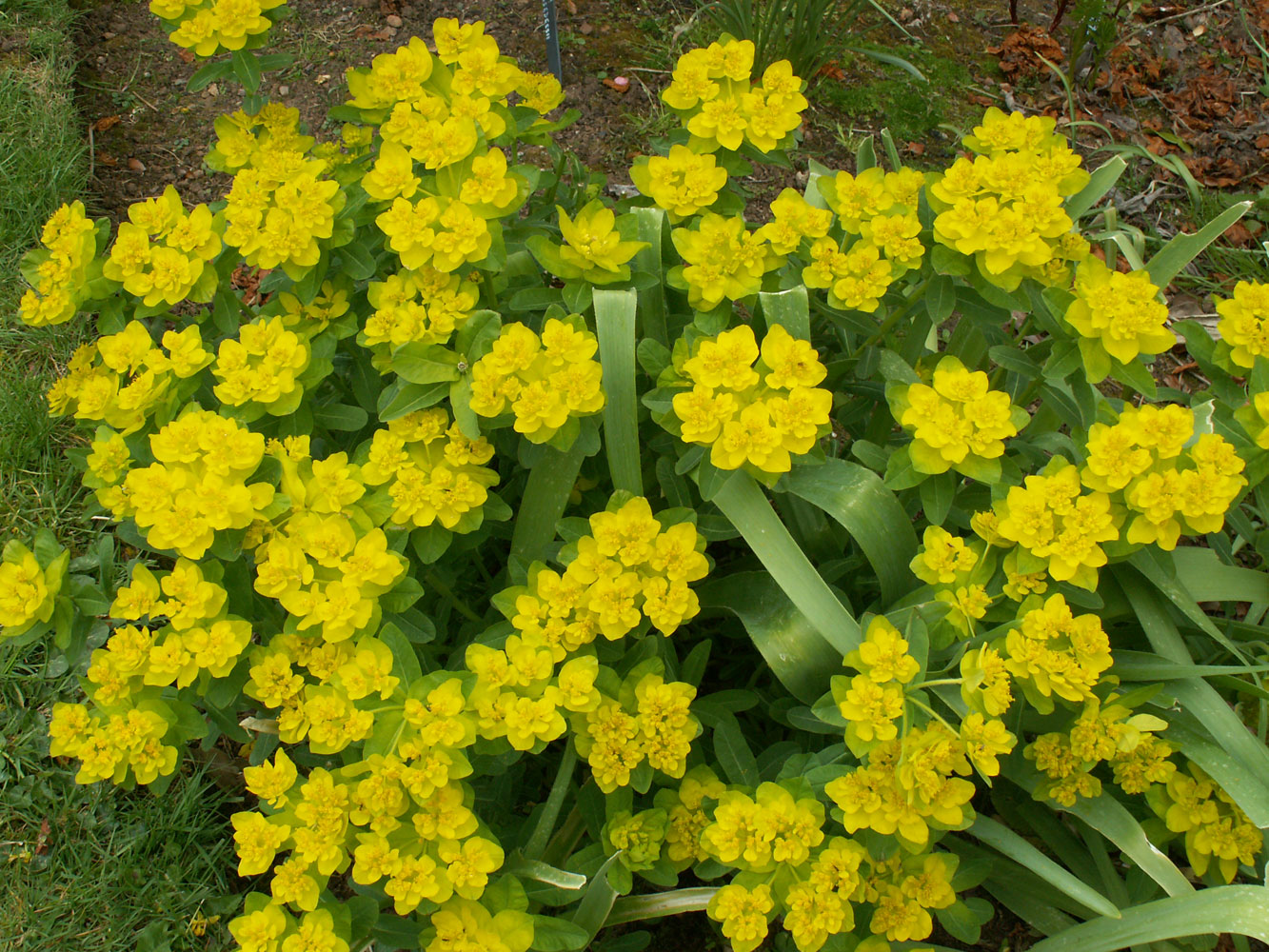
It might sometime seem that I only grow rare or unusual plants from exotic climes however I am also partial to many which are readily available from most garden centres. Euphorbia polychroma from central Europe is a plant in question. Totally hardy, easy to grow and reliably flowering, it gives a bright yellow flash to the front of several of my borders. It is easy to propagate from cuttings or division but care must be taken since all foliage exudes a caustic white sap when damaged. It merely requires a well drained soil and sun to brighten any corner.
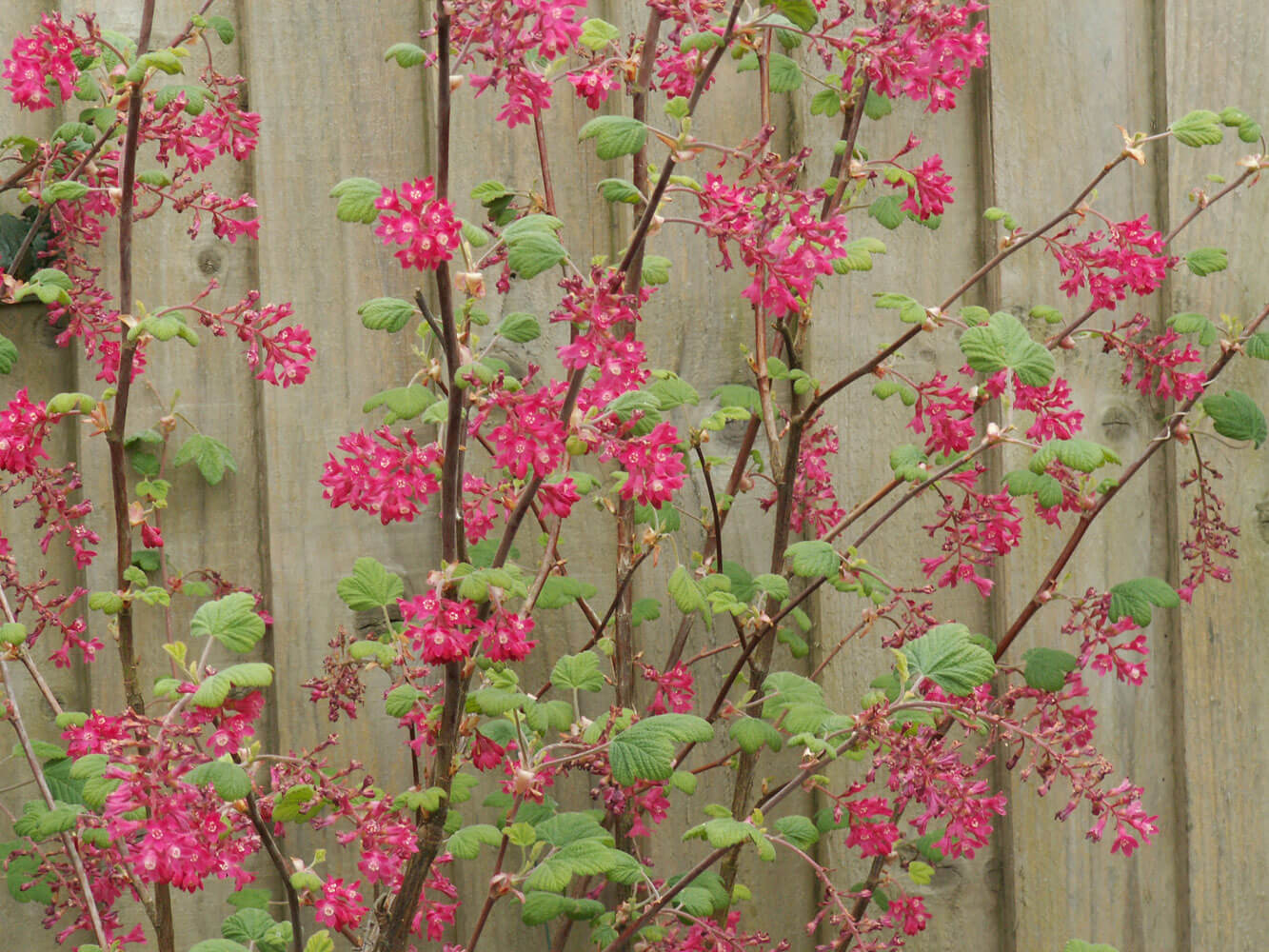
The Ribes genus contains over 200 species including well known cultivated fruits such as gooseberries and currants. Perhaps the most commonly seen is Ribes sanguineum, commonly known as “the flowering currant” and I grow a selection called ‘Scarlet Pimpernel’ which is especially bright. I also grow another species from California Ribes speciosum which is more tender, very spikey and often mistaken for a fuchsia although not related. Both the above seem amenable to any well drained soil and bright position. Whereas the former has a flowering period of several weeks, R. speciosum remains attractive for twice that time, although more restrained in colour.

The National Garden Scheme is now in full swing, providing us with a multitude of gardens from which to gain ideas and inspiration.
Llanrhaeadr ym Mochnant
A group of small town gardens in the historical village of Llanrhaeadr ym Mochnant, set on the edge of the Berwyn Mountains, offer a range of styles from cottage, courtyard, terrace and prairie plantings. The village is close to beauty spots and places of interest including the church where Bishop Morgan first translated the Bible into Welsh. There is innovative use of small spaces and many show the challenges of working steeply sloped gardens! The terraced gardens of Waterfall Street drop down to the River Rhaeadr and are filled with ornamental plants that thrive in the special riverside microclimate.
Norchard
Also of historical interest is Norchard in Pembrokeshire where a medieval hall house and gardens nestle in a tranquil situation sheltered by ancient oak woodland. There are early walled gardens, a restored Elizabethan parterre, ornamental kitchen garden, subtropical plantings and orangery. The 1½ acre orchard features many old local varieties, whilst a young arboretum and meadow overlook a grist mill and millpond with moorhens and ducks.
Wenallt Isaf
Wenallt Isaf’s 3 acres of garden lie at an altitude of 650ft on a north facing hillside with far reaching views of the magnificent Black Mountains. Over 20 years the garden has evolved into a blend of ornamental and productive areas. It is a garden, which like my own, has benefitted from cuttings and donations provided by friends and family. The productive vegetable plot provides the owners with a range of crops, whilst the box hedging ensures protection for tender shoots. Spring interest is given by bluebells and blossom together with complimentary rhododendrons and viburnums. Mature trees and stands of birch and acer provide homes for many birds including nuthatches, goldfinches and green woodpeckers. The garden is still developing with new wildflower areas and plantings to give food for bees and other insects. The garden is welcoming to children who are encouraged to run around and play hide and seek!
Yr Hen Felin & Swallow Barns
Nearer to our capital are a pair of mature gardens in Dyffryn hamlet which open together. Yr Hen Felin is a beautiful cottage garden with stunning borders, wildflower meadows, oak tree with surrounding bench and other interesting and historical features including a 200 year old pig sty. Cross the River Waycock bridge to enter the garden at Swallow Barns which has packed herbaceous borders, an orchard, herb garden, hens and willow arches leading via a woodland walk to a deep secluded pond. As well as tea and cakes it is hoped to provide other attractions dependent upon the weather.
As the days lengthen and conditions become warmer we can look forward to the avalanche of flower colour that summer brings. However, the vagaries of our weather and that dreaded term ‘climate change’ can still give surprises, good or bad!
NGS Open Gardens
Welsh Country has two NGS open garden sections. The first ‘Open Gardens’ are gardens that are open on specific days and the ‘Long Term Open Gardens’ which are by appointment only. There is a search facility on each page so simply search for a garden name or an area of Wales (i.e. Swansea) you’d like to visit.




